Patient feedback is an important part of the healthcare experience. Feedback allows practices to gain insight into areas of concern, that if actioned appropriately will ultimately improve the relationship with their patients & keep them coming back long term. Yet practices often struggle to understand how they compare to others. That’s where our Patient Pulse benchmarks become invaluable.
Here at HealthEngine, we recently overhauled the way we collect practice feedback from patients who attend appointments. After consulting with practices about what they look for in a feedback management system, we retired our previous post-appointment survey and in its place launched a free tool called Feedback.
This quick 3-question survey and accompanying dashboard tracks (de-identified) patient sentiment about their experience, and indicates their NPS or ‘Word of Mouth Score’ – ie their likelihood to recommend the practice to friends or family. More information on how Feedback is calculated can be found in our recent blog about patient feedback management.
The driving force behind the product was to make feedback fast, simple and actionable for practices. To see how Feedback has been working, we’ve taken a look at the aggregated data and found some interesting insights.
Survey design is key
One of the metrics we set out to increase with Patient Pulse, was the volume of patients who responded to the survey and provided written feedback after their appointment.
The new survey was designed as 3 simple questions:

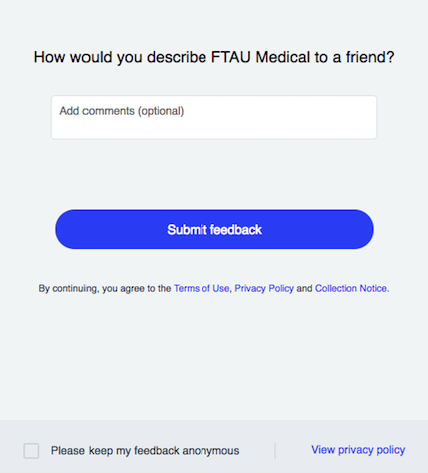
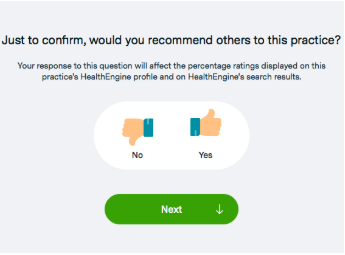
The results of shifting to this streamlined format have been staggering.
Changing the format of the survey has led to a 133% increase in the completion rate by patients post-appointment. Whilst the total volume of feedback (comments) being received by practices has tripled!
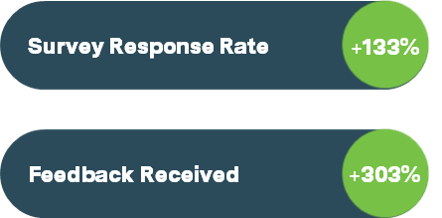
On average, 14% of patients’ prompted are now responding with feedback
This change in behaviour has come about through updating the delivery and design of the feedback surveys. Removing questions that didn’t lead to actionable insights and only prompting additional feedback where necessary was also seen to be a key contributor to the improvement.
Measuring Patient Pulse Benchmarks
In order to assist practices in benchmarking their performance, the Net Promoter Score (NPS) format was introduced to our patient feedback product.
NPS (which we refer to as a Word of Mouth Score) is a widely adopted format for evaluating customer loyalty, creating a score ranging from ‘-100’ to ‘+100’ (you can read more about Word of Mouth Score in our recent blog).
To work out your practice’s Word of Mouth Score, you look at what percentage of patients are Promoters (ie rate you a 9 or 10) and subtract the percentage who are Detractors (rate you 0-6). It is a measure of a patient’s likelihood to recommend the practice to family and friends.
In using Word of Mouth Scores we are able to create comparable benchmarks for practices – by looking at aggregated data based on factors such as location, specialty and type of appointment. Below are the state averages we have seen over the last 4 months, based on over 150,000 Patient Pulse surveys:
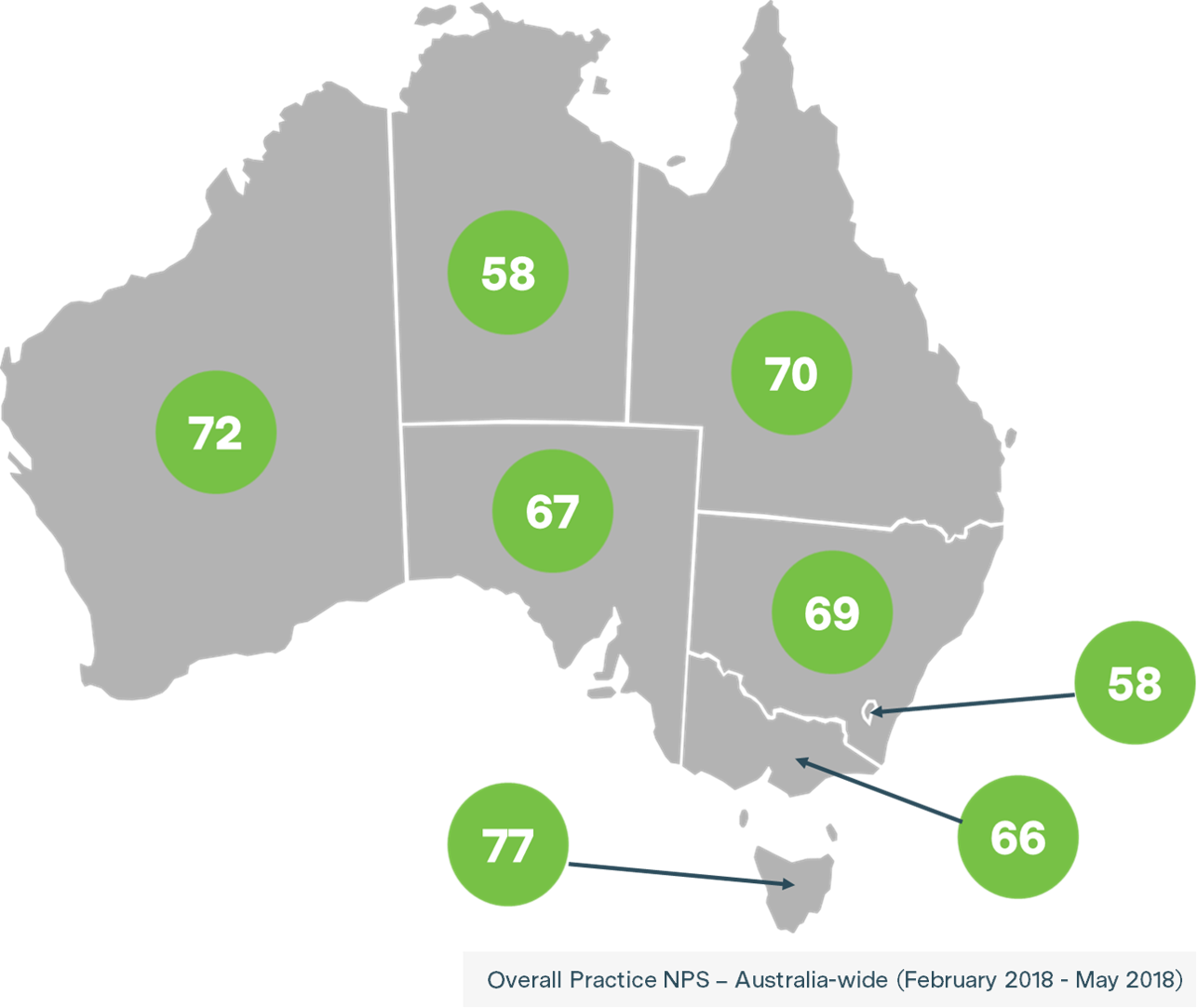
So far we have seen all states reporting positive Word of Mouth Score. To apply some context, Apple, one of the most successful customer service companies in the world, has a Word of Mouth Score of 72.
Whilst these figures are indicative, the good news is our data shows that overall, healthcare practices are generally delivering a well received service to their patients.
When we dig deeper into the data, we find that the appointment types which resulted in the highest likelihood to recommend were those typically requiring more than one interaction – such as a Reviewing Results (average score of 87) or Management Plans (86). This suggests that patients are more likely to show satisfaction and loyalty to a practice when there is an element of continuity of care.
When we look at the average Word of Mouth Scores new patients or walk-ins (70), these are relatively lower. This is unsurprising given they have yet to establish a history or rapport with the practice visited.
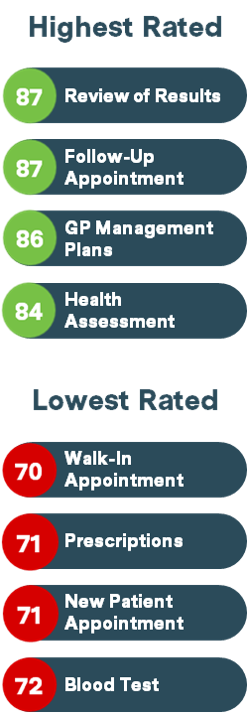
The data indicates patients are less likely to recommend their experience when the purpose of their visit is a repeat prescription. This can indicate some frustration from having to physically visit the doctor in order to gain a repeat script. To find out how your practice can streamline this process by offering repeats to patients through a secure online system, check out our Repeat prescriptions product.
Next steps – actioning feedback
The first step in improving a patient’s experience is identifying the problems or pain points they may encounter when booking or attending their appointment.
Using a tool such as Feedback to gain insight into your practice’s overall performance, combined with the qualitative comments gathered from patients, will go a long way towards enhancing patient engagement – and therefore loyalty – at your practice.
In upcoming blogs, we’ll share ideas of ways you can action patient feedback.
To start receiving patient feedback at your practice, existing HealthEngine customers can access the Feedback tab of Practice Admin. Otherwise, you can opt-in through this form.

